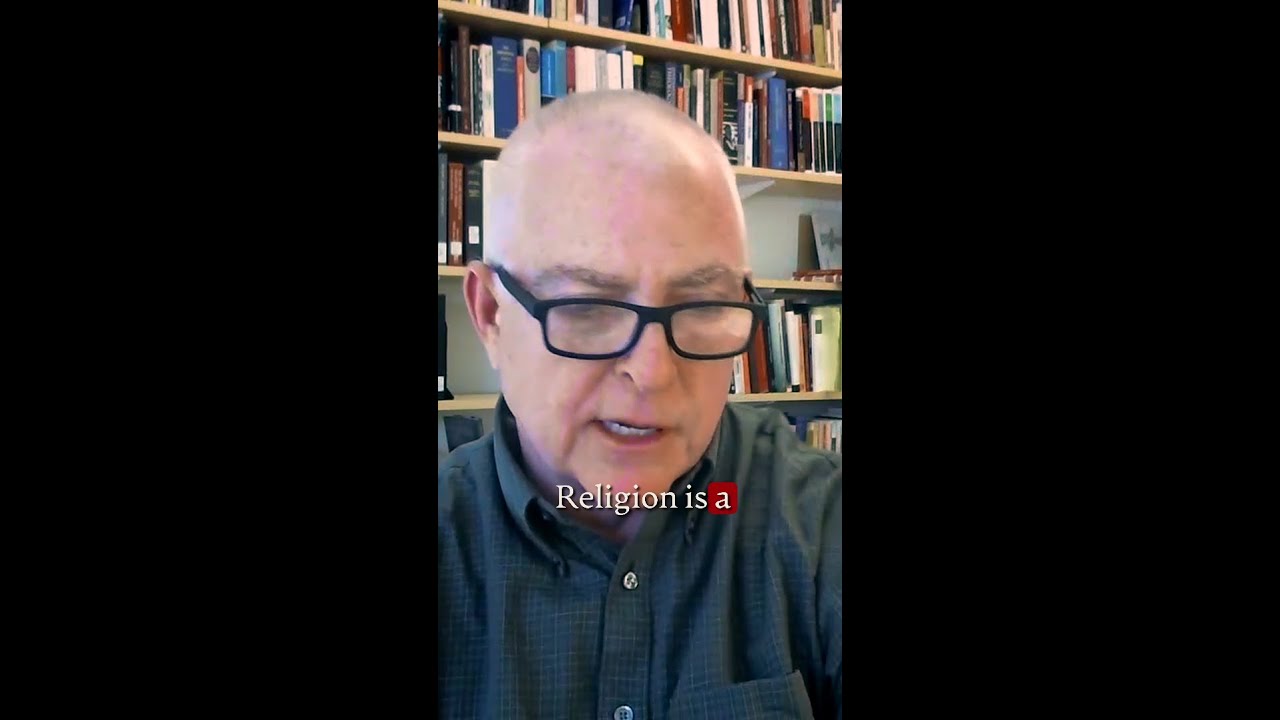The video examines the complex and ambiguous nature of the term “religion,” highlighting its historical evolution and the challenges of defining it across different cultures and contexts. It emphasizes that while scholars have attempted to categorize belief systems, such simplifications may overlook the unique characteristics and diversity of individual spiritual practices.
The video explores the complex and often ambiguous concept of religion, highlighting its historical and linguistic nuances. The speaker begins by noting that the term “religion” can be difficult to define, likening it to a “woolly mammoth” due to its vague and multifaceted nature. Many languages historically lacked a direct equivalent for the concept of religion, suggesting that the idea itself may not be universally understood or applicable.
The speaker traces the evolution of the term through history, emphasizing that for much of Western history, “religion” was associated primarily with notions of devotion and piety. This understanding reflects a more personal and individualistic approach to spirituality, rather than a structured system of beliefs or practices. The shift in meaning began during the Enlightenment and colonial periods, when scholars started categorizing various belief systems under the umbrella of “religion.”
During this time, the concept of religion began to be viewed as a genus with different species, leading to the classification of distinct religions such as Buddhism and Hinduism. This categorization was a significant development, as it allowed for a comparative study of different belief systems, but it also introduced challenges in defining what constitutes a religion. The speaker suggests that this scholarly approach may have oversimplified the rich diversity of spiritual practices and beliefs around the world.
The video also touches on the implications of defining religion in such a broad manner. By creating categories, scholars may inadvertently overlook the unique characteristics and cultural contexts of individual belief systems. This raises questions about the validity of comparing religions and whether such comparisons can truly capture the essence of each tradition.
In conclusion, the speaker emphasizes that the term “religion” is not easily pinned down and that its meaning can vary significantly across different cultures and historical contexts. The exploration of religion requires a nuanced understanding that goes beyond simple definitions, acknowledging the complexity and diversity inherent in human spirituality.
